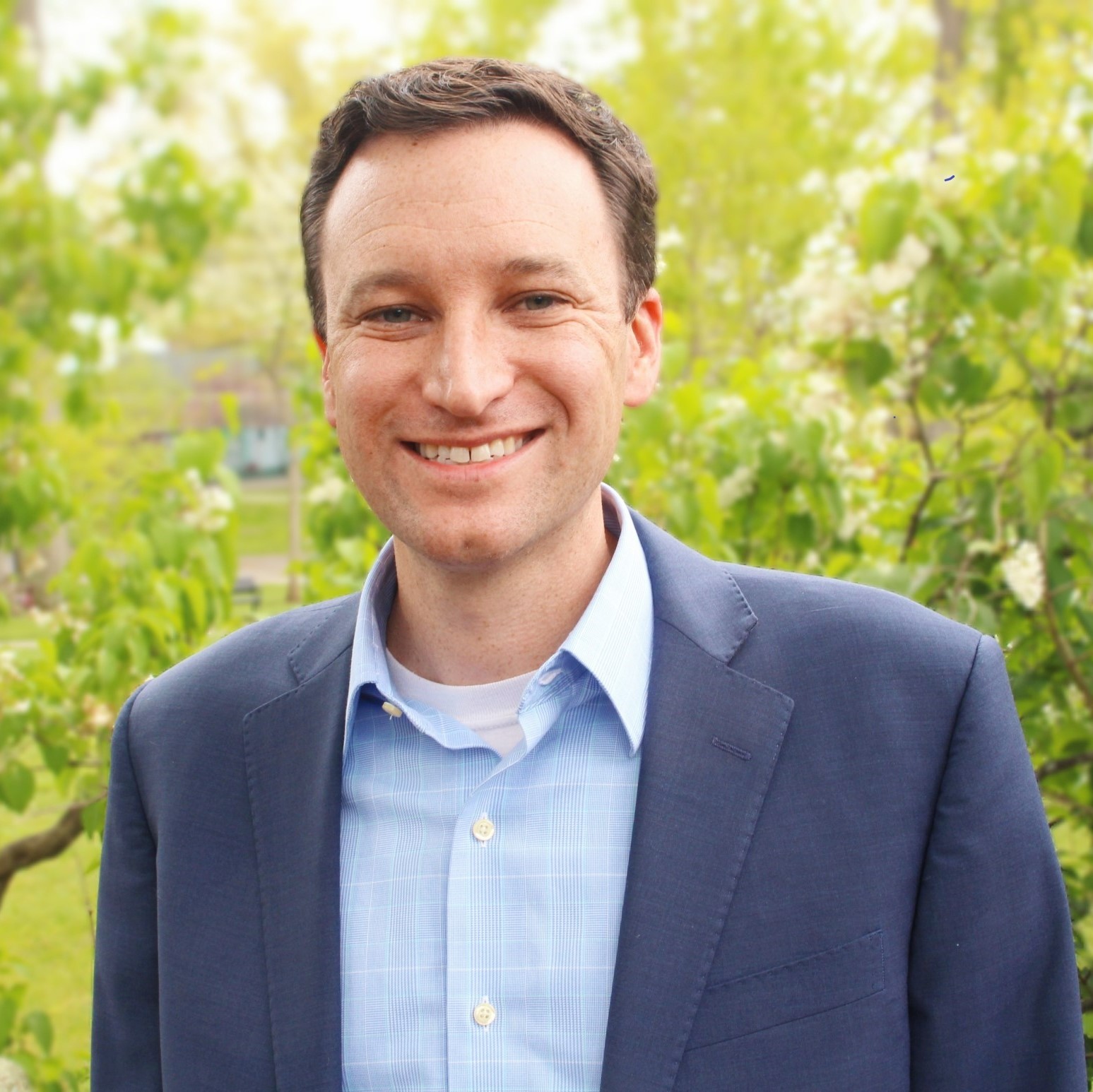
Sometimes you don’t just need to change advising procedures; you need to change the culture of academic advising on campus.
A few years ago at Ramapo College of New Jersey, our enrollment management division surveyed faculty, first-year students, and upper-class students to learn where students turned for help in making academic decisions as they progressed through the curriculum.
What we learned was striking:
- Towards the end of their first semester, first-year students received their primary advisement from upper-class students;
- Upper-class students primarily relied on themselves for advisement;
- Faculty advisors admitted to seeing less than 50% of their caseload on a regular basis.
Further, over 57% of first-year and 47% of upper-class students did not even know who their academic advisor was.
What this survey told us was that we didn’t just need to improve our advising procedures; we needed to create a culture of advisement on campus.
3 Keys to Changing the Culture
Knowing that a culture of advisement is as dependent (if not more so) on buy-in and commitment from faculty than buy-in from administrative units, we embarked on the creation of an overall academic advisement plan for our campus, which included a series of action plans that hinged on three key change management strategies:
- The need for the process to be an inside-out approach where faculty would see the commitment from the administration first and be more encouraged to engage;
- Building guiding coalitions for each action plan that leveraged administrative expertise and faculty credibility, and
- A commitment to celebrate small victories through intentional communications.
Engaging faculty in academic advisement is essential to advancing Ramapo’s work — or any college’s work — in student success. Here’s what we did to engage our faculty:
1. Modeling the Change We Need
To begin changing the culture, the advisement center (which reports to enrollment management) first undertook significant changes that would lay the groundwork for future asks of the faculty. This is change from the inside out.
We created a mandatory advisement structure that assigned all first-year students to a professional advisor and required that students meet with their assigned advisor at least twice during the first year.
- Each first-year student took a first-year seminar course in their first semester, so the professional advisors delivered an academic advisement presentation to each first-year seminar course.
- Advisement holds were assigned to first-year students in their second semester to see the academic advisor who gave the first-year seminar course presentation. Students were prevented from registering until the hold was released.
Previously, the professional advisors did not have assigned caseloads. Our professional advisors moved from working in this walk-in model to having an assigned caseload of approximately 900 students shared across four advisors.
Implementing these changes has allowed Ramapo College to create a culture in which each incoming class of students expects and seeks out academic advisement from our Center for Student Success.
2. Building a Guiding Coalition
Next, to engage faculty effectively in the work of advisement, we needed a guiding faculty coalition, so Ramapo College created its Academic Advisement Council (AAC).
The AAC consists of:
- Faculty from each of Ramapo’s five academic schools.
- Professional staff from key areas (e.g., athletics, specialized services, opportunity programs, and the advisement center) where students seek mentoring, advising and support.
- The director of student success, who supervises the advisement center and other student success areas, sits ex-officio on the AAC and serves as a direct link to enrollment management.
- Co-chaired by a faculty representative and Ramapo’s associate director of academic advisement.
The AAC oversees implementation of the Academic Advisement Plan and serves as a critical link to update faculty and administration on the progress toward creating a culture of advisement. The AAC also provides a forum where professional and faculty advisors can co-create the college’s definition of academic advisement, identify learning outcomes expected for each mandatory advisement milestone, and collaborate to improve the advisement experience.
3. Tracking, Communicating, and Celebrating Success
At the outset of our initiative, we started by telling the story of the change we needed to see. Enrollment management developed an “on the road” slideshow of the data from our survey and presented that slideshow to every major constituent group on campus, including the President’s Cabinet and the faculty. The presentation sought to deliver one urgent message: that students currently moved through Ramapo’s curriculum without significant intervention from faculty or staff, and that this culture of a lack of support was instilled in a student’s first semester.
We didn’t let that slideshow be a one-time story, however. Instead, that slideshow is continually used for reference as what was done “then.”
It has been critical for enrollment management to update the campus regularly on the progress toward creating a culture of advisement:
- We continue to survey over 80% of first-year students annually so that we can identify trends over time. Based on four years of survey data, Ramapo College has advanced from only 43% of first-year students being able to identify their academic advisor to 95% of students knowing their academic advisor.
- We track when students seek advisement from faculty and professional staff by noting when advisement holds are released, and we share this data after each mandatory advisement milestone with constituents across campus — from the AAC, to advisors and faculty, to the President’s Cabinet. The mandatory advisement hold release process began with the Class of 2015, and has shown improved results each year. Over 90% of students with advisement holds now receive advisement prior to the opening of registration for the following semester.
Communicating these results regularly is the key to long-term culture change, and builds the trust needed to make further changes. For example, now that the quantity of advisement has met the goals of the Academic Advisement Plan, the AAC is beginning to turn its focus next to the quality of advisement at Ramapo College. As with our previous initiative, the changes we want to see will start within the Enrollment Management division and then roll out to the faculty, and we will track and share improvement along the way.



